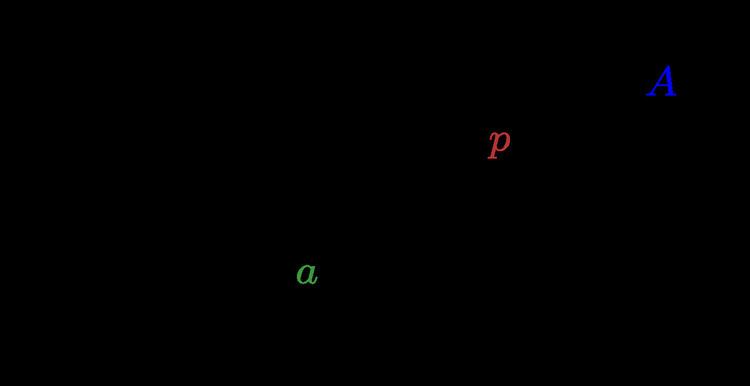 | ||
In computer science, more particular in the theory of formal languages, a counter automaton, or counter machine, is a pushdown automaton with only two symbols,
Equivalently, a counter automaton is a nondeterministic finite automaton with an additional memory cell that can hold one nonnegative integer number (of unlimited size), which can be incremented, decremented, and tested for being zero.
Properties
The class of counter automata can recognize a proper superset of the regular and a subset of the deterministic context free languages.
For example, the language
A two-counter automaton, that is, a two-stack Turing machine with a two-symbol alphabet, can simulate an arbitrary Turing machine.
